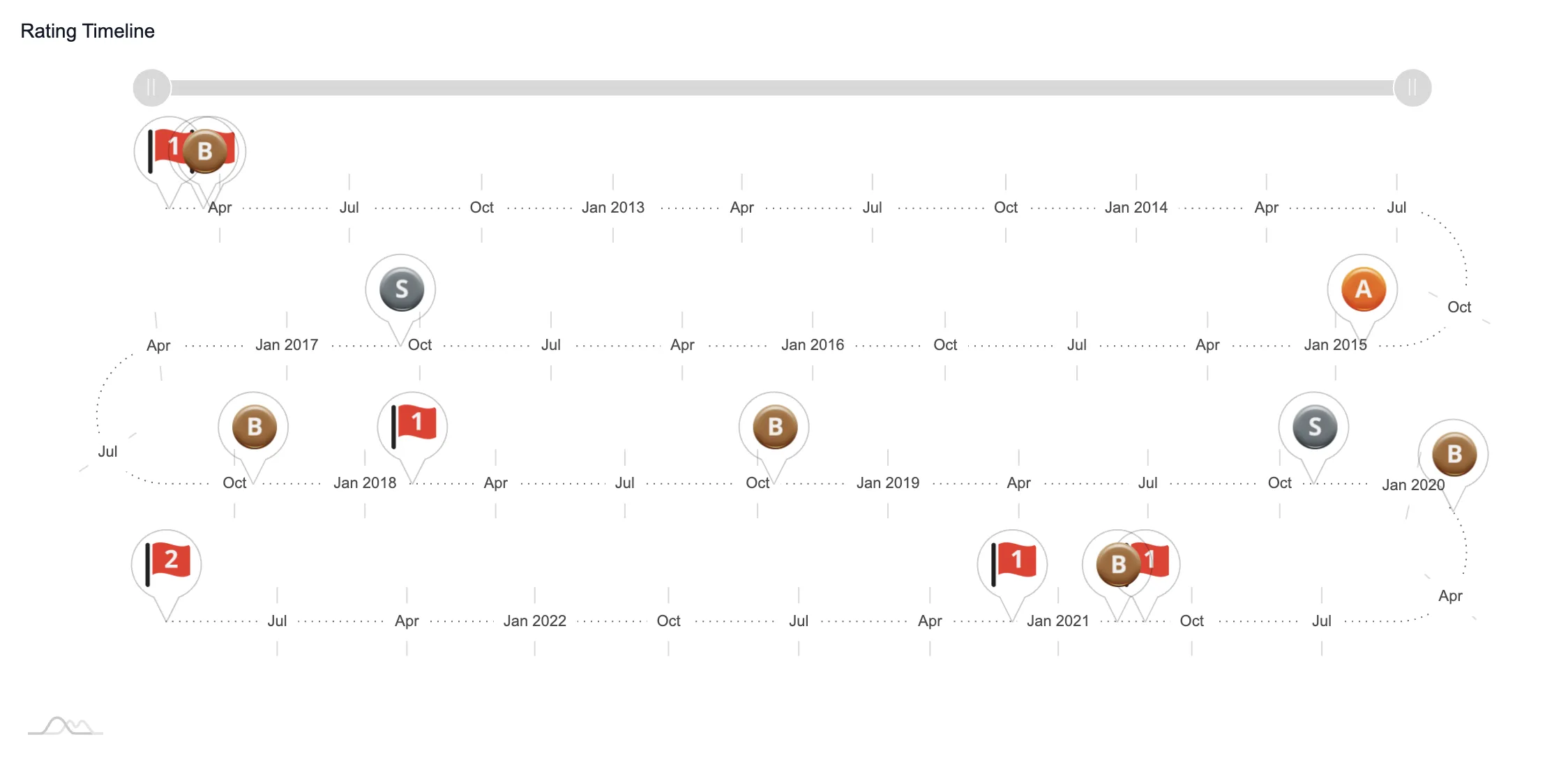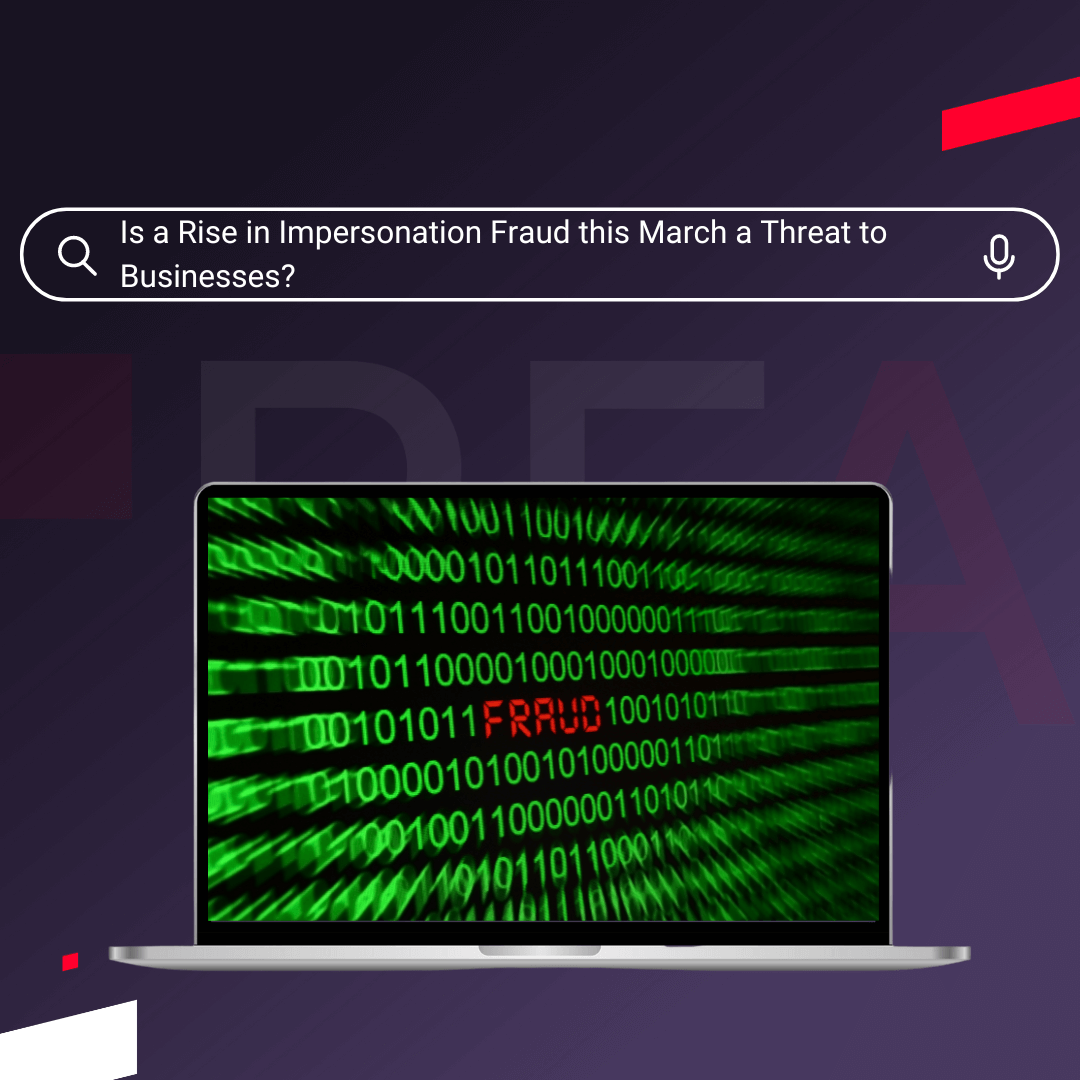Carillion was the second largest construction company in the UK, employing around 43,000 people around the globe, with over 18,000 of those being in the UK.
Who are they?
Carillion was a preferred contractor of the UK government and enjoyed many lucrative contracts including building hospitals, UK defence buildings, part of HS2, and motorways. As one of the largest suppliers of services to the public sector, it managed nearly 900 schools, supplied school dinners, and maintained 50,000 defence force homes, as well as roads and prisons across the country.
Its work was not limited to the public sector, and Carillion won many large private sector contracts both in the UK and abroad. Prestigious contracts included the Battersea Power Station redevelopment, Liverpool FC's Anfield stadium expansion, and large contracts in Qatar preparing for the 2022 World Cup.
At its height, Carillion had an annual turnover of £5 billion and annual profits reported at around £200 million. Despite this, Carillion entered compulsory liquidation on 15th January 2018. When this happened, most credit reference agencies had Carillion listed as a creditworthy business; however, Red Flag Alert had already determined them as a significant risk and recommended no credit be extended.
What went wrong?
Carillion represents one of the best examples of complete failure throughout the business process which, along with its prominence, is why it is so often cited as a model of big business failure. Its immediate collapse is usually attributed to four key projects becoming loss-making:
•The £335 million project to construct the Royal Liverpool University Hospital was severely delayed due to ‘extensive’ amounts of asbestos being found at the brownfield site and cracks in the building being found during construction
•The £350 million project to construct the Midland Metropolitan Hospital being delayed due to difficulties installing pipes, wiring and ventilation
•The Aberdeen Western Periphery Motorway being delayed due to inclement weather
•Carillion not being paid for a year’s work in Doha, Qatar
In truth, Carillion’s failure was based on years of questionable business practices and misleading accounting fooling the market into thinking it remained viable.
For years Carillon had been aggressively bidding for contracts both in the UK and internationally. This led to their contracts having extremely small profit margins which quickly became loss-making if any delays or repairs were needed. Despite this frequently taking place, no change to the bidding strategy was implemented. It was also found that they had significantly over-traded, and greatly over-extended themselves with the number of contracts they took on.
Carillion hid these financial stresses from the market for years, encouraging fresh contracts and investor confidence. They were found to have excessively used reverse factoring to pay suppliers and had neglected to pay into their pension scheme. They were forced to take on new contracts to pay off debts incurred from previous loss-making projects. This led to Carillion reducing the value of their outstanding projects by over £1 billion in July 2017 and their share price fell by 70%.
In December 2017, Carillion managed to persuade creditors to give them more time to pay debts but with banks unwilling to lend any more cash, it eventually collapsed in January 2018. At the time of its liquidation, Carillion had debts of over £1.5 billion.
Upon Carillion’s collapse, the government was forced to step in and fund the key services that they provided. Work on all ongoing projects ceased, many of which were important pieces of infrastructure. It is estimated that the cost to the UK taxpayer was around £180 million.
Carillion owed 30,000 suppliers money when it failed, many of them small to medium businesses. These businesses had frequently extended significant lines of credit to the company, after mistakenly believing they were highly stable. Unfortunately, many of these companies were forced into insolvency themselves after losing this income.
How Red Flag Alert spotted the signs of failure
At Red Flag Alert we approach data differently, we understand that the risk of failure is the foundation of any accurate credit score. Business failure can happen to any company, regardless of size, and history has shown that multibillion-pound companies can and do fail. Yet traditional credit agencies did not account for this and at the time of Carillion’s failure, it was listed as a strong company with high recommended credit limits. They believed it was too big to fail.
Red Flag Alert uses live financial data when calculating our credit ratings to better pick up on signs of risk within a company. Many of our competitors use a company’s last set of submitted accounts as the basis of their decision-making. This information can be up to 18 months out of date and does not provide adequate forewarning of sudden failure, which large business failure tends to be.
In the case of Carillion, our algorithm had picked up on their declining financials, paired with a rise in CCJs, amongst other things. This helped us determine that the company was no longer able to reliably pay its debt and deemed this to be because they were at risk of collapse. As such, we listed them as a significant credit risk and advised that no credit should be extended. This proves it is imperative for directors to make informed decisions based on real-time information, and that their companies are carrying out sufficient due diligence to avoid exposure to risk.
Red Flag Alert provides up-to-the-minute data run through an industry-leading algorithm to allow our clients to make informed and confident business decisions.

1. Carillion Company Timeline on Red Flag Alert




Our award-winning platform includes:
•Records on over 15 million UK companies and over 350 million international companies
•Detailed and easy-to-understand company reports that contain a full picture of a company’s financial situation
•Unique and clear rating system that lets you know the level of risk attached to a company
•Fully downloadable reports
•Fully customisable monitoring system that gives real-time alerts on up to 89 different events, so you are always the first to know if a debt is at risk of going bad
•Search function with over 100 filters that let you prospect for only the lowest risk, most financially stable companies
•Fully digital KYC & AML suite
•Full CRM integration
Request a free trial today to find out how Red Flag Alert’s company credit checking solution can help your business.





